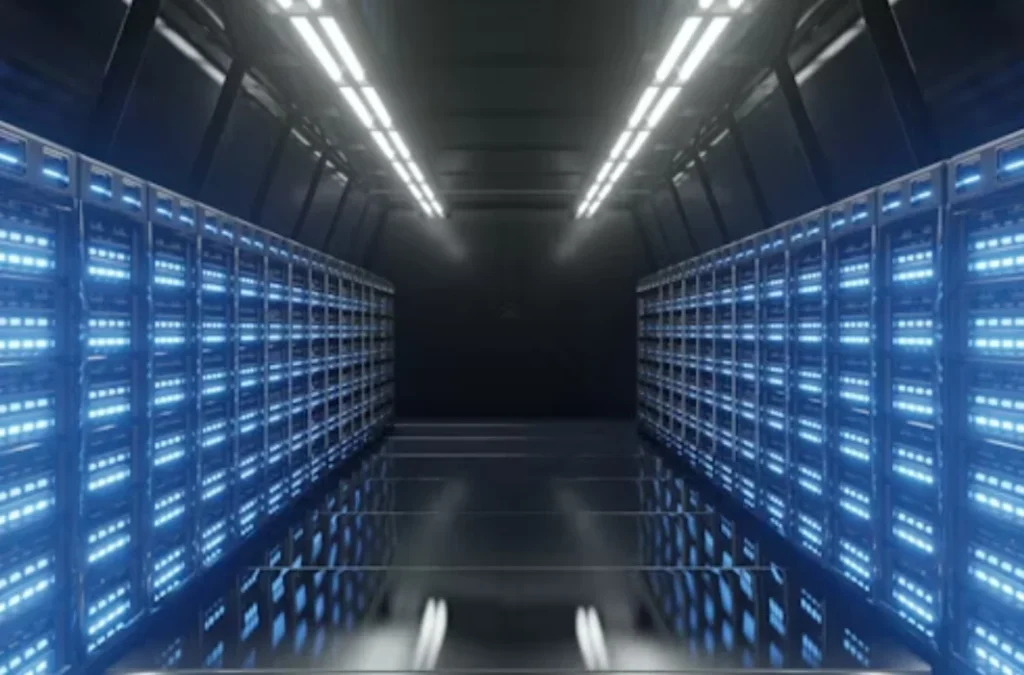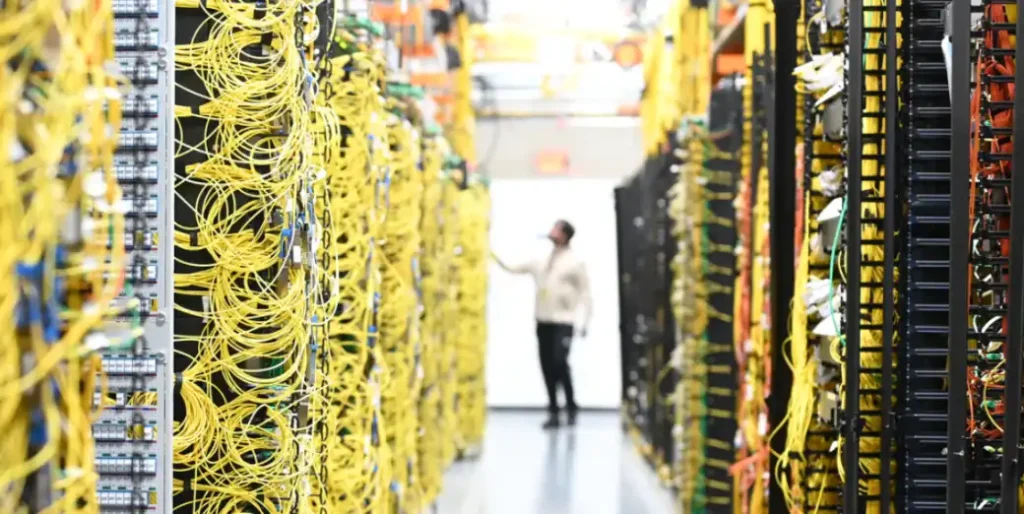Amazon has reached a significant milestone in its automation journey, deploying over 1 million robots in its warehouses worldwide. This move is part of the company’s efforts to increase efficiency, reduce labour costs, and enhance customer experience.
Key Features of Amazon’s Robot Deployment:
– Robot Types: Amazon’s robot fleet includes various types, such as robotic arms, wheeled units, and autonomous robots that can lift 1,250 pounds of inventory.
– AI-Powered: The robots are powered by Amazon’s newly launched generative AI model, DeepFleet, which coordinates robot movement and reduces travel time by 10%.
– Increased Efficiency: With robots handling repetitive tasks, Amazon’s warehouses have seen a significant increase in productivity, with packages handled per employee rising from 175 in 2015 to 3,870 in 2025.
Impact on Jobs and Workforce:
– Job Security Concerns: The deployment of robots has raised concerns about job security, with some experts warning of potential mass job losses due to automation.
– New Job Opportunities: However, Amazon argues that robots will create new opportunities for employees to develop technical skills and transition to higher-paying roles.
– Workforce Shift: Amazon’s workforce has already started to shift, with the average number of employees per facility dropping to 670, the lowest in over 16 years.³ ⁴
Amazon’s Response:
– Upskilling Employees: Amazon has trained over 700,000 employees in areas like robotics support, systems maintenance, and engineering.
– New Roles: The company claims that automation will create new roles, such as robotics technicians and systems reliability specialists, which didn’t exist a few years ago.
– Future Plans: Amazon’s CEO, Andy Jassy, expects the company to shrink in the coming years due to technological advancements, but emphasises that the company will continue to hire more employees in AI, robotics, and elsewhere.⁵











